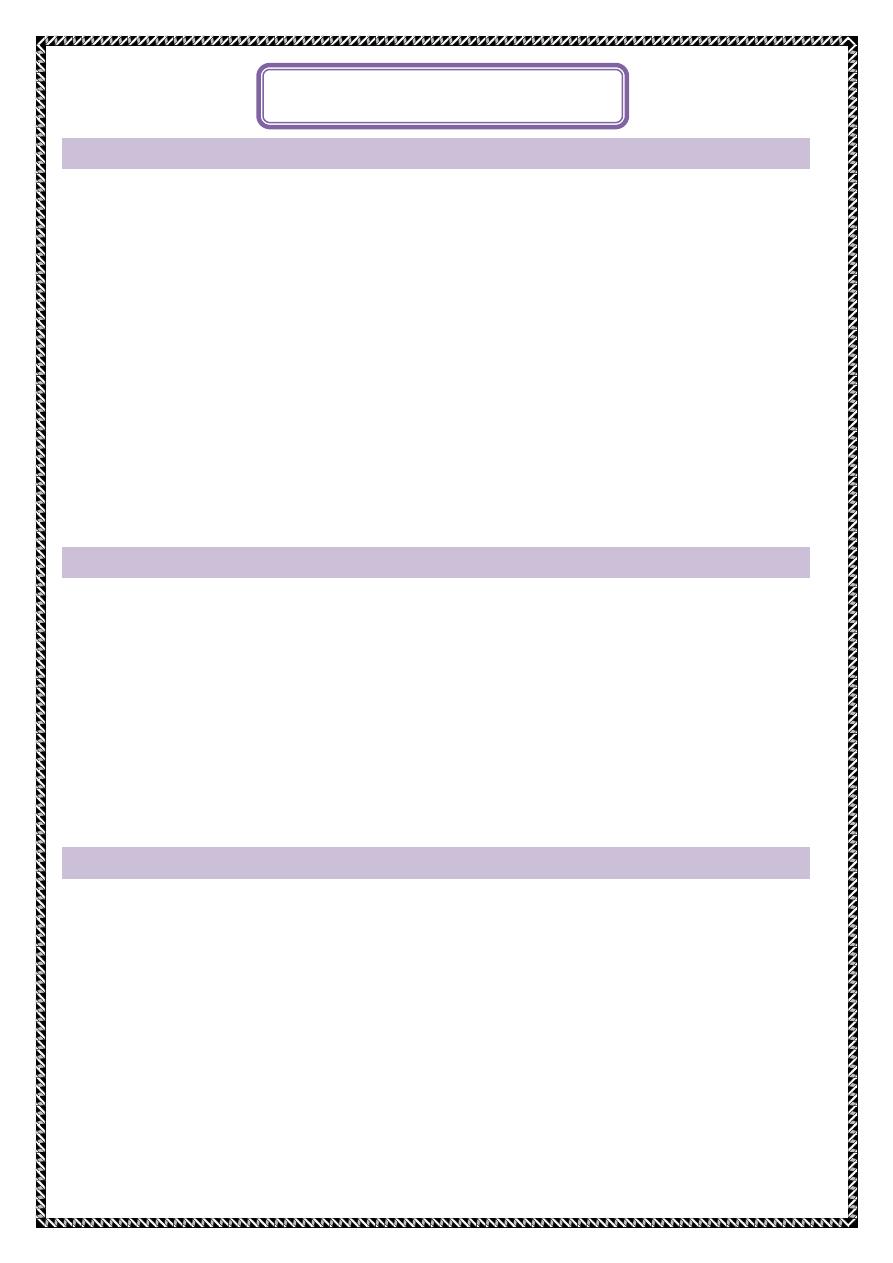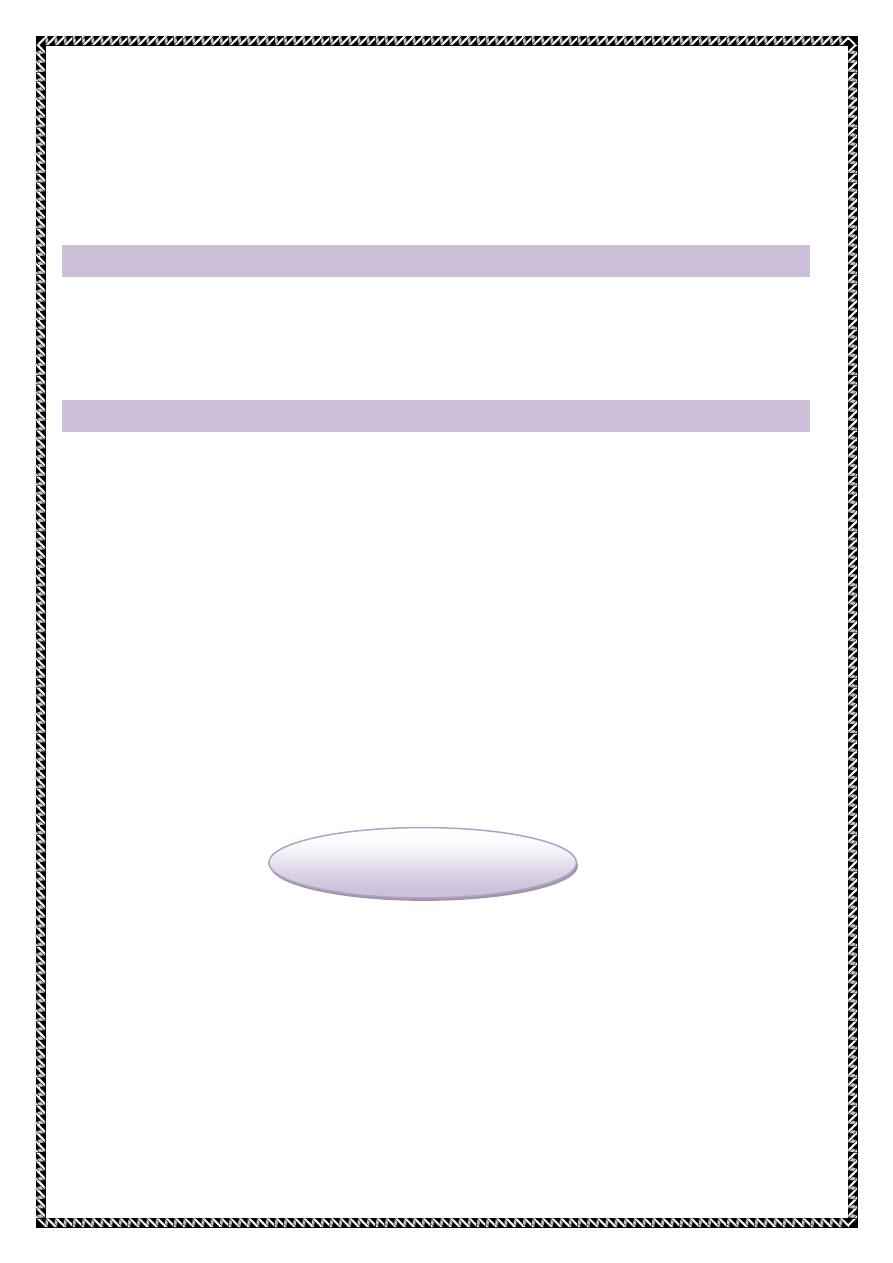
Jaundice
A visible manifestation in the skin and sclera of elevated bilirubin concentrations
Adults are usually jaundiced when bilirubin levels exceed 2 mg/dL
Neonates appear jaundiced when serum total bilirubin (STB) levels reach
5-7 mg/dL
Some degree of jaundice develops in 60-70% of all neonates born on the United
States
More than 2.7 million neonates born each year in the United States
will develop jaundice
Although most jaundice is benign, there is a potential for neurological devastation
and death and consequently all newborns must be assessed
causes
Increased Bilirubin Production.
Decreased Binding and Transport Capacity.
Limited Conjugation and Excretion Capacity.
Increased Enterohepatic Circulation of Bilirubin.
Bilirubin is the breakdown product of hemoglobin.
Lysis of red cells releases heme from hemoglobin.
Heme is then converted to bilirubin and excreted.
Bilirubin Synthesis
There is increased production of bilirubin in the newborn because of:
Increased rate of degradation.
A shortened circulating erythrocyte life span (70-90 days versus 120 days)
of an increased mass.
A very large pool of hematopoietic tissue that ceases to
function shortly after birth resulting in heme degradation.
An increased turnover of cytochromes (nonhemoglobin heme proteins)
An increase in enter hepatic circulation.
Neonatal Hyperbilirubinemia

Bilirubin Synthesis
There is increased production of bilirubin in the newborn because of:
Increased rate of degradation.
A shortened circulating erythrocyte life span (70-90 days
versus 120 days) of an increased mass.
A very large pool of hematopoietic tissue that ceases to
Function shortly after birth resulting in heme degradation.
An increased turnover of cytochromes (nonhemoglobin heme
proteins).
An increase in enterohepatic circulation.
Binding and Transport
Unconjugated bilirubin is quickly bound to albumin in the serum.
There is consequently more free bilirubin in the serum.
It is the free bilirubin that is believed to cause neurological damage in
newborns.
Conjugation and Excretion
During fetal life, removal of bilirubin is accomplished by the placenta.
In the newborn, bilirubin excretion requires conversion of the unconjugated
bilirubin into a water-soluble substance, conjugated bilirubin.
Conjugation depends on the maturity of the liver cell.
Conjugation
Bilirubin is presumed to be transported from the liver cell membrane to
the endoplasmic reticulum, the site of the conjugating enzyme uridine
diphosphate glucuronyl transferase (UDPGT).
After conjugation, bilirubin is then excreted into bile in the intestine.

Increased Enterohepatic Circulation
Conjugated bilirubin is unstable and can be easily hydrolyzed back to
unconjugated bilirubin and reabsorbed through the intestinal mucosa.
In the newborn, the relative lack of intestinal bacterial flora to reduce
bilirubin to urobilinogen further increases the bilirubin.
Neonatal Hyperbilirubinemia
Physiologic Jaundice
A progressive rise in unconjugated bilirubin to a peak of 5-6
mg/dL between 60 and 72 hours of life and 10-14 mg/dL.
A rapid decline in TSBs occurs by the 5th or 7-10th day
respectively.
Pathologic Unconjugated Hyperbilirubinemia
Pathologic hyperbilirubinemia is defined as a prolonged or exaggerated
hyperbilirubinemia
Occurs because of disorders of:
Production
Hepatic Uptake
Conjugation
Enterohepatic Circulation
Disorders of Production
Isoimmunization
Erythrocyte Enzymatic Defects
Erythrocyte Structural Defects
Infection
Sequestration
Polycythemia

Isoimmunization
Rh Incompatibility
ABO Incompatibility
Other Blood Group Incompatibilities
Rh Incompatibility
This is a blood group incompatibility between the mother and newborn that can
cause severe hemolytic anemia in the fetus and newborn.
The Rh antibody is produced by a Rh negative mother after being exposed to a Rh
antigen from fetal blood.
Later IgG are produced which cross the placenta and bind to fetal red blood cells
which are consequently destroyed.
Infants do not appear jaundiced at birth, but severe anemia can lead to hydrops and
death.
After birth, infants may develop hyperbilirubinemia rapidly.
The D antigen may produce sensitization with a fetomaternal hemorrhage as small as
0.1 mL.
At one time this was the most common cause of kernicterus; but with the use of
RhoGAM (anti-D immunoglobulin G) and careful fetal monitoring, the incidence
and severity have decreased.
ABO Incompatibility
This is a hemolytic disease caused by a reaction of maternal anti-A or anti-B
antibodies with fetal A or B antigens
Usually milder than Rh
Almost exclusively in type O mothers
Jaundice appears at 24-72 hours
Half of infants with a positive Coombs show hemolysis and some with a
negative Coombs have hemolysis
Minor Blood Groups
Kell, Kidd, Duffy, Lutheran
< 2 % of hemolysis from isoimmunization

Disorders of Hepatic Uptake
Gilberts Syndrome
This is a benign disorder producing persistent unconjugated
hyperbilirubinemia.
There is defective hepatic uptake and decreased UDPGT
activity
It usually occurs in the second decade of life, but can present in neonates
Disorders of Conjugation
Crigler-Najjar Syndrome
Transient Familial Neonatal Hyperbilirubinemia (Lucey-Driscoll Syndrome)
Pyloric Stenosis
Hypothyroidism
Breast Feeding Jaundice
Unconjugated hyperbilirubinemia is secondary to a suboptimal
establishment of breastfeeding
Newborns are under-hydrated and in a state of starvation.
They also have delayed passage of meconium
Enterohepatic reuptake of bilirubin is consequently increased, leading to
hyperbilirubinemia
Treatment and prevention include frequent feedings (8-12/day)
Breast Milk Jaundice
Occurs after 3-5 days of life, typically at 2-3 weeks of life
The etiology is unknown, but believed to be a factor in breast milk or an
altered chemistry in breast milk that enhances intestinal reabsorption of
bilirubin
No need to stop breastfeeding unless bilirubin levels are dangerously high
Sequelae
Bilirubin may penetrate the brain cell and cause neuronal dysfunction or death
if not carefully managed

Bilirubin causes staining and necrosis of neurons in the basal ganglia,
hippocampal cortex, subthalamic nuclei, and cerebellum which is followed by
gliosis
50%of patients with kernicterus die
Acute Bilirubin Encephalopathy
Phase 1 - poor suck, hypotonia, and depressed sensorium
Phase 2 - fever and hypertonia or opisthotonos
Phase 3 - less hypertonia, high pitched cry, hearing and visual abnormalities,
poor feeding, athetosis
Kernicterus
Long term sequelae:
Chorioathetoid cerebral palsy
Sensorineural hearing loss
Upward gaze palsy
Dental-enamel dysplasia
Mental retardation
Diagnosis
All neonates are entitled to a thorough physical examination and evaluation to
determine which neonates are at an increased risk for becoming abnormally
jaundiced and developing sequelae
Risk Assessment
Every newborn should be assessed, especially if discharged before 72 hours of
life
2 options:
TSB before discharge and plot results on the nomogram
Physical Examination
Detection of clinical jaundice requires digital pressure and the proper lighting,
preferably daylight
If clinical jaundice is detected, a total and direct serum bilirubin should be measured
and plotted on the nomogram

When should I do more?
If:
Cord bilirubin is greater than 4 mg/dL
A rate of rise greater than or equal to 0.5 mg/dL/hour over a 4-8 hour period
An increase of 5 mg/dL per day
13-15 mg/dL in a term infant
10 mg/dL in a preterm infant
If jaundice persist greater than 10 days
Then what?
Determination of maternal blood group and Rh type
Screen for antibodies directed against minor erythrocyte antigens
Determination of newborns blood type and Rh type
Direct Coombs test
Hemoglobin and Hematocrit
Peripheral blood smear
Reticulocyte count
G6PD level
Phototherapy
The main mechanism of action
Geometric photoisomerization of unconjugated bilirubin that can then be
excreted without conjugation
Technique
Wavelength
Bilirubin absorbs light maximally in the blue range (420-500 nm), with a peak
at 460 nm for albumin-bound bilirubin and 440 nm for free bilirubin
Special blue lamps have a spectrum between 420-480
Positioning
Within 10 cm of the patient for fluorescent tubes
Surface area
The greater the surface area exposed, the more effective the phototherapy

Exchange transfusions are recommended if TSB is greater than or equal to 25
mg/dL in a healthy full term infant
If rate of rise is greater than or equal to 0.5 mg/dL/hour
If there is active hemolysis or other risk factors, then an exchange transfusion
may be warranted at a lower bilirubin level
Exchange Transfusion
With a exchange transfusion, approximately 85% of erythrocytes will be
replaced
Serum bilirubin levels should decrease by 50%
Follow Up
Infant Discharged
< 24 hours
24 to 47.9 hours
48 to 72 hours
Should Be Seen By Age
72 hours
96 hours
120 hours
By: Fatima Ehsan
